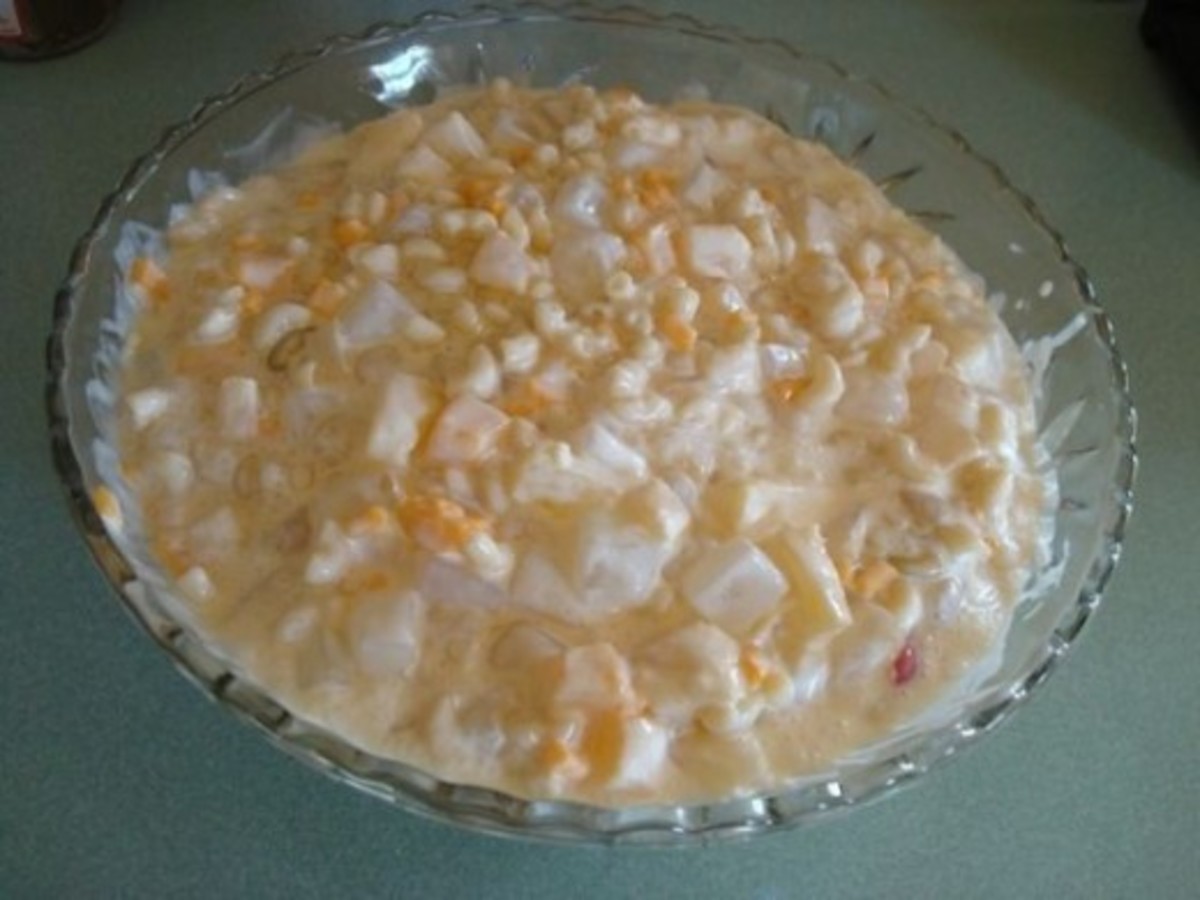Origin, Properties, Elaboration and Future of Pulque

The History of Pulque, the Ancient Mexican Drink.
Origin, properties, elaboration, and future of pulque
Origin
Pulque is a traditional alcoholic beverage from Mexico made from maguey juice. Legend has it that the origin of pulque was a coincidence. Around the year 1340, a peasant named Papantzin was walking by a magueyal and noticed a liquid that ran through the earth. He stopped to see where that liquid came from and saw a little mountain mouse scampering away. Papantzin realized that the mouse was drinking the juice of a maguey through a small hole so he tried it and liked the taste so much that he took it to his house so that his family could enjoy it.
Properties
Thanks to a small mouse, Papantzin discovered the main ingredient of pulque: mead or maguey juice. Many food properties are attributed to pulque. It is said that the indigenous Mexicans did not have any white hair when the Spaniards arrived and their secret was pulque. Likewise, the Baron de Humboldt affirmed, in the nineteenth century, that pulque was one of the reasons why Mexicans were in such good health. The mead was also studied by researcher Sánchez, who discovered that it is rich in sugars, mineral salts, proteins, and vitamins.
Elaboration
The process of making pulque is rudimentary. The first step is to cut the leaves to reach the heart of the maguey. Then a cut is made in the heart of the maguey to obtain the mead, which is a transparent liquid. Then the mead is taken to a place to rest. Then the fermentation process takes place: the mead becomes whitish and foamy and the characteristic hum of alcoholic fermentation is heard. Once the fermentation stage has finished, the maguey juice has been transformed into an alcoholic beverage: pulque and its aroma, taste, and smell have changed.
Until the beginning of the twentieth century, pulque enjoyed great popularity in Mexico. The pulquerías abounded, they were premises to those that went exclusively to consume the pulque. The facades of the pulquerías were decorated with murals and it was very common for the floor to be made of sawdust or tamped earth. The clients of the pulquerías used to throw a little pulque to the ground so that Mother Earth could also drink. There were several glass containers for pulque. The largest was the ¨macetas¨ of two liters of capacity but there were also other smaller containers such as ¨cañones¨, ¨chivitos¨, the ¨catrinas¨, and the ¨tomillos¨.
The government of Mexico decided to campaign for the purpose of eliminating pulque in the 1920s. The fermentation and the elaboration of pulque, where other ingredients are added to "cure" it, such as avocado, pineapple, lemon, orange or peanuts, make its smell strong enough. In addition, the texture of the pulque is slimy and that's why some people thought it was a disgusting drink. The Mexican government believed that pulque was not hygienic and that it contained a lot of alcohol, so they decided to promote the use of beer, which seemed much more modern and familiar to them than pulque. At that time it was believed that beer was dietetic, raised blood pressure and helped mothers to have more breast milk. As a consequence of this governmental campaign, pulque has almost disappeared.
The future of pulque
In summary, pulque is a traditional Mexican alcoholic beverage with a fairly simple manufacturing process, which is attributed to numerous nutritional properties, which makes those who consume this drink enjoy good health. But, at the beginning of the twentieth century, the Mexican government decided to replace pulque with beer and this caused that the consumption of pulque, today, is relegated to rural areas and the outskirts of cities. I think it is likely that this situation will not improve in the coming years and I am afraid that more and more foreign drinks will be consumed in Mexico. But I hope that the Mexicans will try to recover this ancient tradition and that the pulquerías will return to the big cities of the country.

© 2019 Araceli Figueira Caamaño



